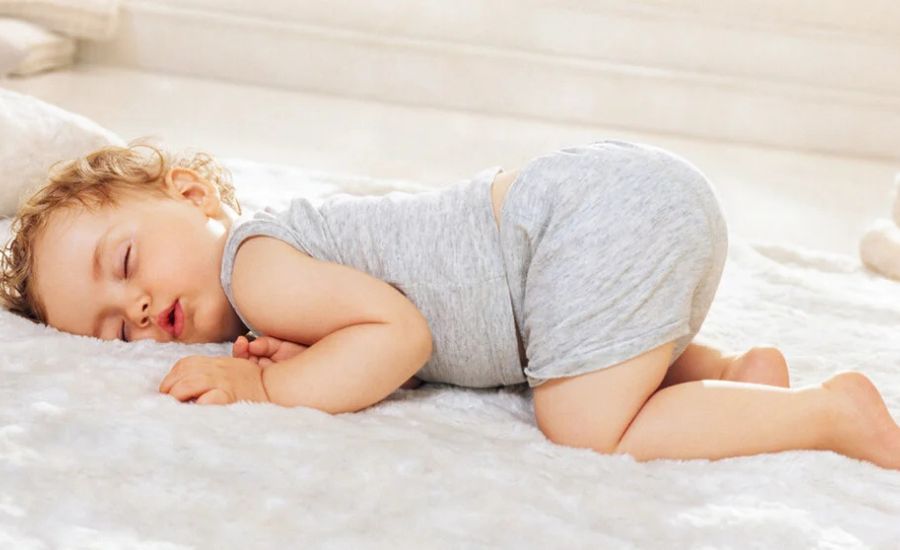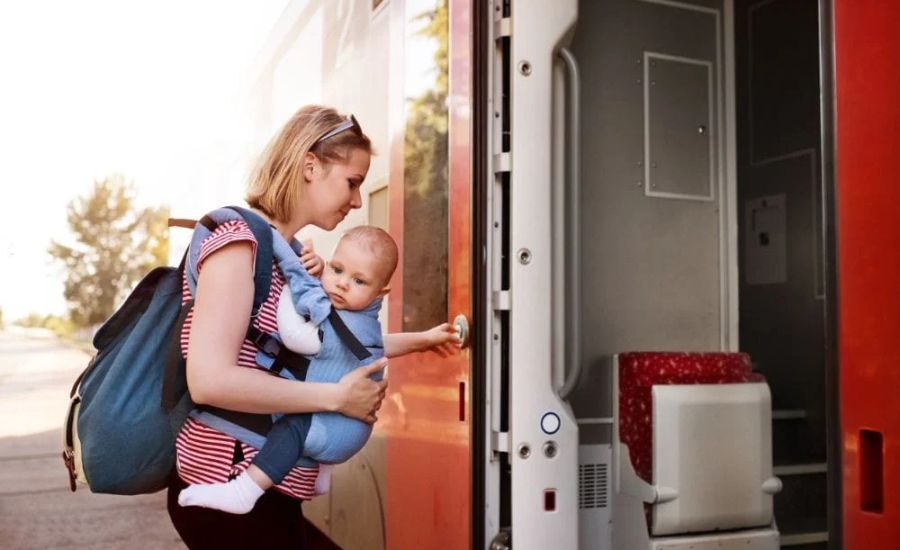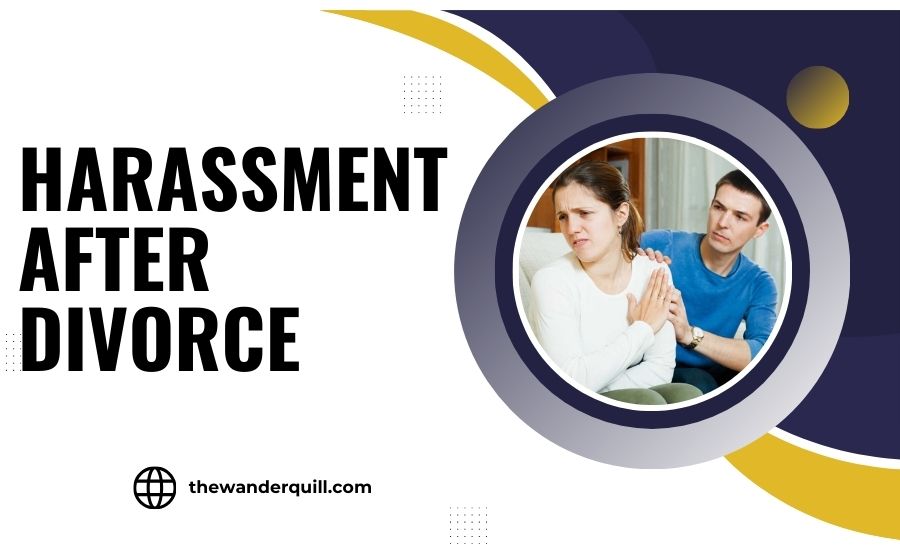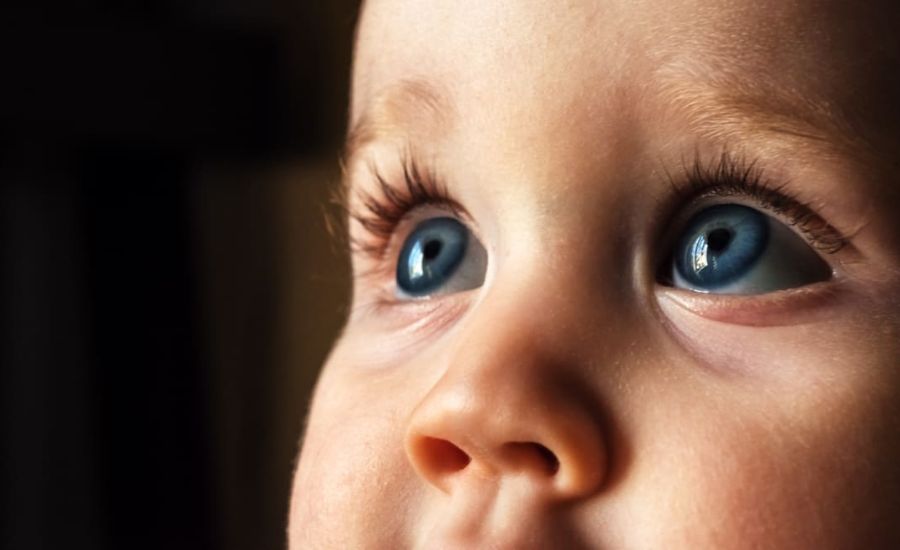
Babies are full of delightful surprises, and one of the cutest is their habit of sleeping with their butts in the air. This sleeping position, also called the “frog pose,” is a quirky behavior and has deeper connections to their development, comfort, and instinct. Let’s dive into why babies sleep this way when to be concerned, and how to support your baby’s healthy sleep habits.
A Natural Habit Rooted in the Womb
Babies carry instincts and habits from their womb from the moment they’re born. During pregnancy, babies are curled up in a snug position, with their knees tucked close to their chest. This is how they stayed comfortable in the limited space inside the uterus.
Once born, the “butt-up” sleeping position mimics this familiar pose. It gives babies a sense of security and helps them transition to the outside world.
Flexibility and the Benefits of This Position
Babies’ bodies are naturally flexible, especially in their early months. Their ligaments and joints are soft, allowing them to comfortably fold into positions that would seem impossible for older children or adults. This flexibility isn’t just about comfort; it plays a key role in their physical development.
Key Benefits of the Frog Pose:
- Strengthens leg muscles: The position helps babies engage their legs and prepare for crawling.
- Promotes motor skills: Moving in and out of this posture aids gross motor development.
- Supports body alignment: It naturally supports their growing spine and hips.
Babies instinctively adopt this position because it feels natural and helps their bodies prepare for important milestones like rolling over and crawling.
Comfort and Self-Soothing
Comfort is essential for babies’ sleep. The butt-up position offers several advantages, including helping them feel calm and secure.
This posture helps regulate body temperature. When babies curl up, they conserve heat, which is particularly helpful in their first few months as their body learns to self-regulate. Additionally, this position provides gentle pressure on their tummies, which can relieve minor discomfort, such as gas.
Curious about what color your baby’s eyes might be? Use our Baby Eye Color Calculator to explore the possibilities!
When to Be Concerned
While this sleeping posture is perfectly normal in most cases, there are rare instances where parents should monitor their baby’s habits more closely.
Watch Out for These Signs:
- Discomfort or prolonged crying: If your baby seems unsettled in this position, it could indicate gas, colic, or reflux.
- Delayed development: If your baby has trouble transitioning out of this posture as it grows, speak to your pediatrician.
- Muscle stiffness: If your baby’s muscles seem unusually tight or rigid, it might require medical attention.
If you notice these signs, consult a pediatrician to rule out any underlying issues.
Tips for Parents to Ensure Safe Sleep
Safe sleep practices are essential, no matter how your baby prefers to sleep. While the butt-up position is adorable, ensuring your baby sleeps safely and comfortably is necessary.
Tips to Keep in Mind:
- Always place your baby on their back to sleep: The American Academy of Pediatrics recommends back sleeping to reduce the chance of SIDS (Sudden Infant Death Syndrome).
- Use a firm and flat mattress: Ensure the crib mattress is free of soft bedding, pillows, or toys.
- Monitor temperature: Keep the room comfortable (around 68-72°F) to prevent overheating.
These steps ensure your baby enjoys their natural sleeping posture while staying safe throughout the night.
Conclusion
Babies sleeping with their butts in the air is a perfectly natural and healthy habit. It’s tied to their time in the womb, flexibility, and need for comfort. As adorable as this position is, it shows their growing strength and development.
By following safe sleep practices and monitoring for discomfort, you can ensure your baby gets the rest they need while enjoying their cute quirks. Cherish these moments—they grow up faster than you think!
FAQs
Every baby is different. Some naturally find comfort in this position, while others might prefer lying flat.
Yes, but as babies grow, they usually transition to other sleeping positions. If they continue beyond 18 months, consult a doctor.
No, as long as you initially place your baby on their back, it’s safe to let them roll into their preferred position.
Not at all! It helps strengthen their muscles and supports natural development.





